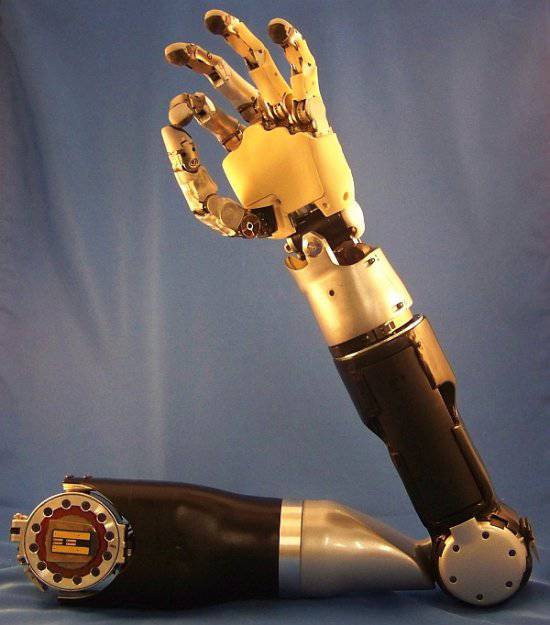The Pentagon ordered the creation of the photon nervous system
Existing neural interfaces are based on electronics and metal components that the body can reject. Therefore, Mark Christensen of the Southern Methodist University in Dallas (USA) and his colleagues create sensors made of optical fibers and polymers, which are less likely to cause an immune response and are not subject to corrosion.
Sensors are at the prototype stage, and so far, alas, they are too large to be implanted into the body.
Sensors are polymer balls. Each sphere is equipped with an optical fiber that emits a ray of light. It flows inside the sensor in a tricky way, which is called “whispering gallery mode” in honor of the room of the same name in London’s St. Paul’s Cathedral, where the sound propagates further than usual, because it reflects from the concave wall.
The idea of the device is as follows: the electric field associated with the nerve impulse affects the shape of the sphere, and that in turn changes the resonance of light on the inner shell, that is, the nerve actually becomes part of the photon scheme. Changing the resonance of light propagating through an optical fiber signifies a manipulator that the brain, for example, wants to move a finger. Feedback is assigned to infrared radiation that acts directly on the nerve. Light is directed by a reflector located at the end of the fiber.
Hypothetically, the device will be useful not only for those who have lost limbs, but also for patients with lesions of the spinal cord: sensors and fiber will help to bypass the inactive area. But before implanting the sensors, you need to find out where the necessary nerve endings are: for example, the surgeon will suggest that the patient try to raise the missing arm.
Scientists plan to demonstrate a workable prototype on the example of a cat or dog over the next couple of years. But first, the size of the sensor will have to be reduced from a few hundred to 50 μm. A project worth $ 5,6 million is funded from the Office of Advanced Study (DARPA) of the US Department of Defense.

Information